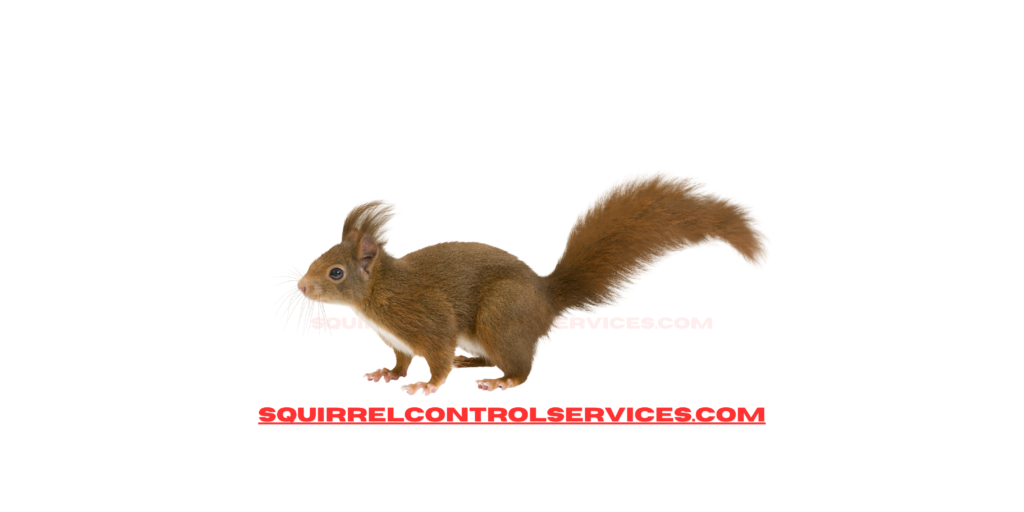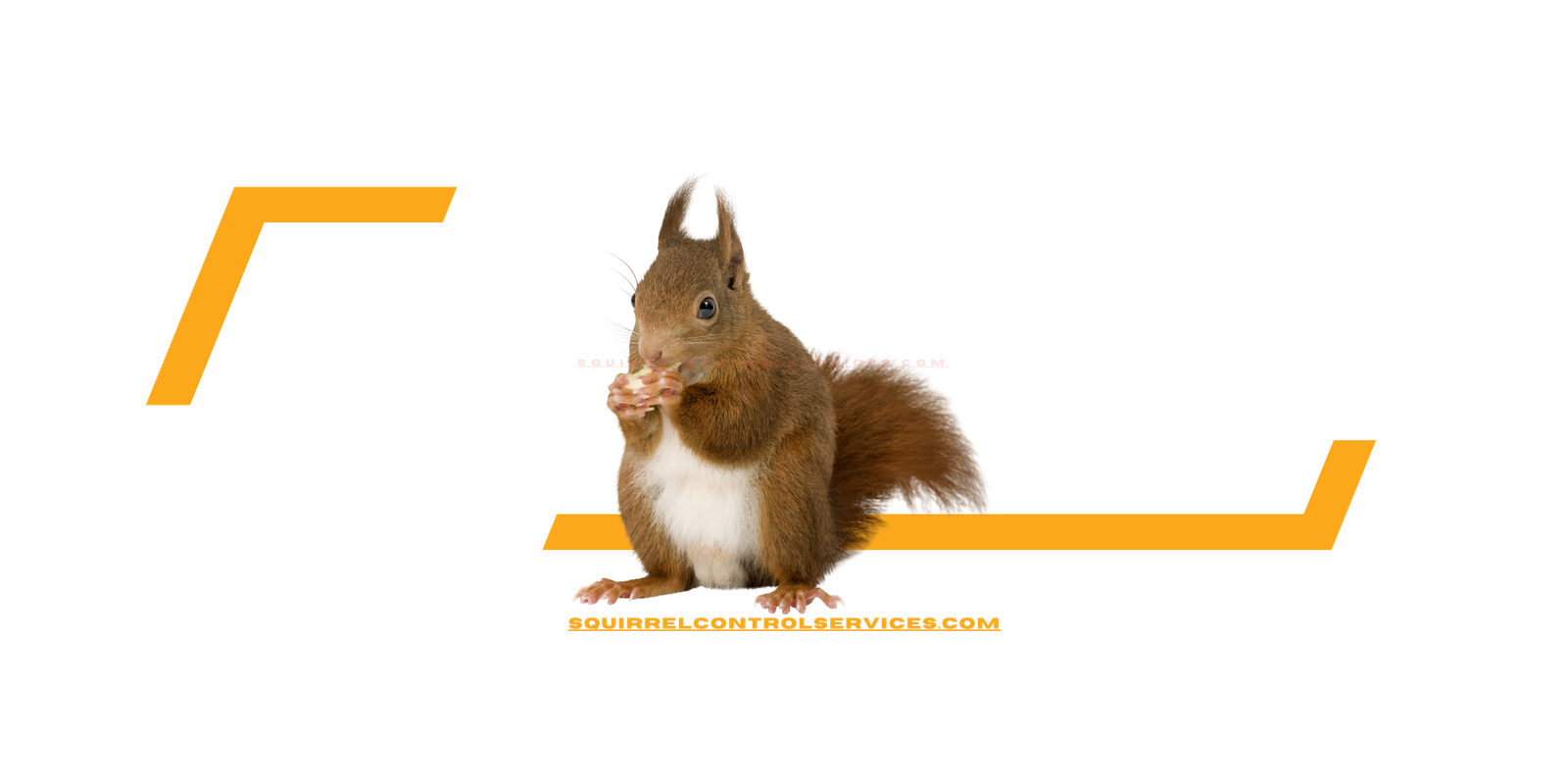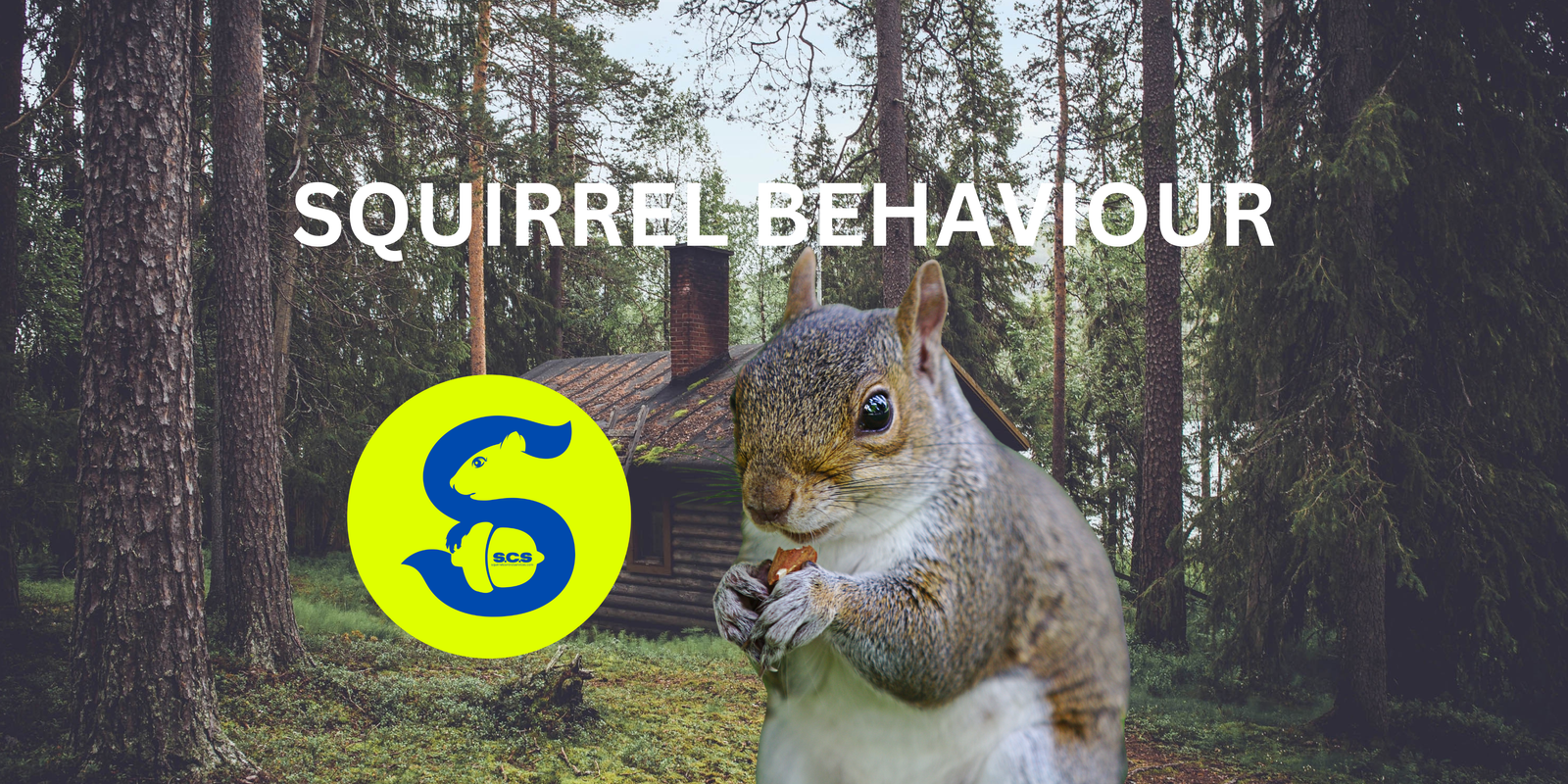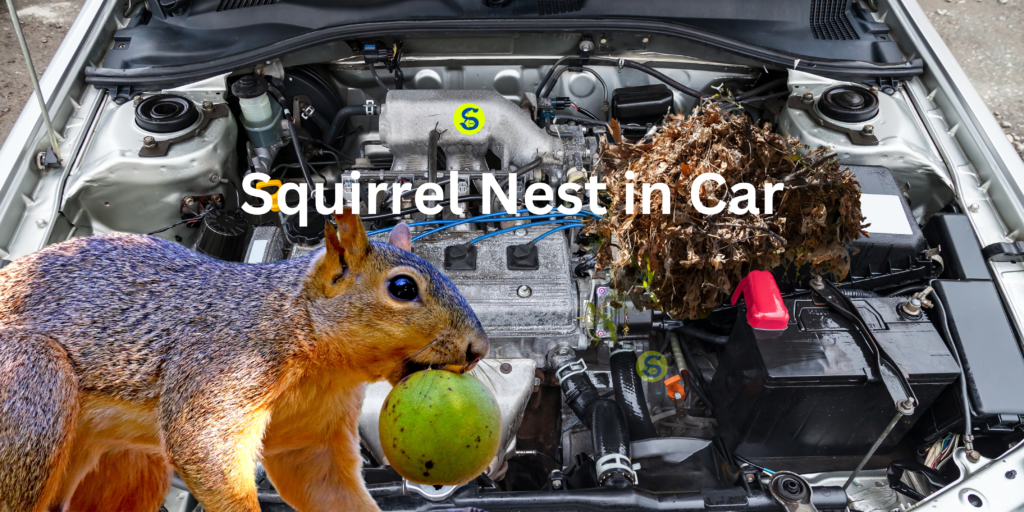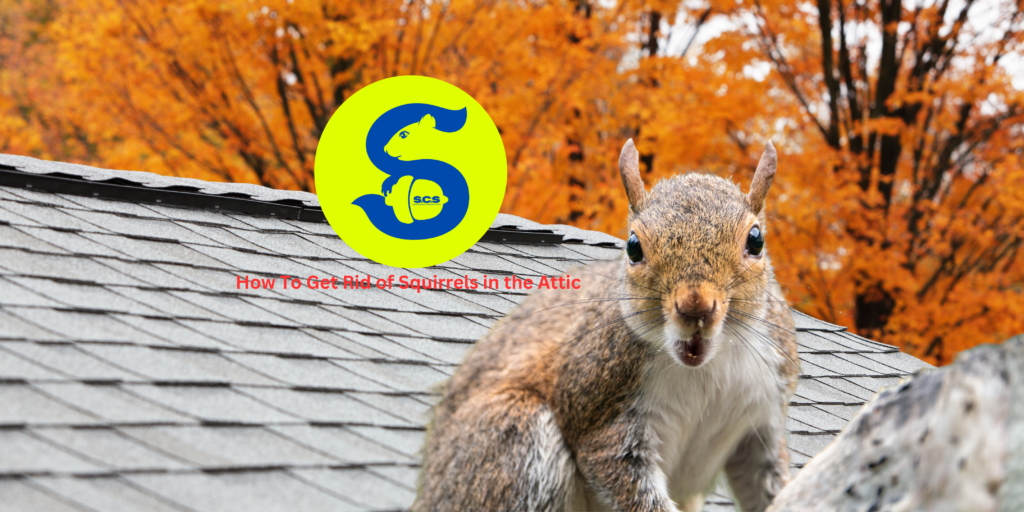Squirrels | A Look at Squirrel Behaviour, Diet, and Habitat
Squirrel Behaviour
Are you curious about squirrels’ distinctive characteristics? Known for their fluffy tails, these members of the squirrel species inhabit a variety of environments, ranging from urban parklands to lush woodlands. This piece will delve into squirrels’ habits, feeding patterns, and living spaces to provide an insightful view of their crucial function within natural ecosystems.
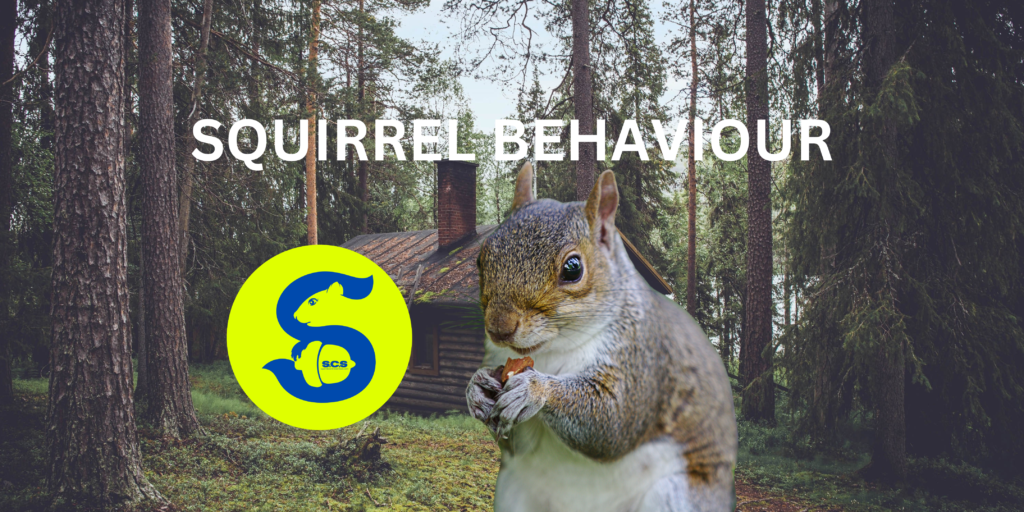
- Squirrels are divided into three main types: ground squirrels, tree squirrels, and flying squirrels. Each has distinct behaviours and physical characteristics adapted to its environment.
- Squirrels exhibit diverse dietary habits and behaviours, including food caching, to survive in varying habitats and seasons. They also play significant roles in forest regeneration through seed dispersal.
- Human activities, such as industrialization and urbanization, pose significant threats to squirrels, though conservation efforts and adaptation measures have allowed some species to thrive, particularly in urban environments.
Types of Squirrels
The squirrel family Sciuridae comprises over 200 distinct species grouped into three primary classifications depending on their locomotive abilities: tree squirrels, ground squirrels, and flying squirrels. Each group’s specific traits and behaviours define these classifications.
Among the most recognized members of this family are the tree-dwelling varieties such as the eastern gray squirrel, European red squirrel, and fox squirrel. This category also includes some extremes in size, with Southeast Asia’s Oriental giant squirrels being one of the largest and one of the smallest—the African pygmy squirrel from West Africa. Renowned for their impressive dexterity amidst branches above ground level, these animals typically consume a diet filled with nuts, seeds, fruits and nuts. Their ranks also encompass Asian stripes, making them a diverse subset.
Ground dwellers like prairie dogs, chipmunks, and thirteen-lined mice exhibit burrowing tendencies that allow them to live predominantly land-based lives. These creatures contribute to ecological health by aerating the soil and impacting plant dynamics through excavation activities. It is worth noting that many specifically enter state hibernation during winter months to conserve energy.
Lastly, we have an entrancing example within the flying branch—pygmy flying makes use of unique glide patagium stretches between wrists and ankles. This feature grants the ability to navigate aerially, providing means to evade predators or traverse vast distances quest nourishment. Such intriguing capacity bestows upon status truly spellbinding representatives throughout the entire world.
Physical Characteristics of Squirrels
Squirrels are agile rodents recognized by their distinctive bushy tails, which they use for balance and communication. Squirrel species exhibit a wide array of physical traits, ranging from the diminutive African pygmy squirrel to the sizeable Indian giant squirrel and the neotropical pygmy squirrel. While an adult African pygmy squirrel typically spans 3.9 to 5.5 inches in length, its counterpart, the Indian giant squirrel, can reach lengths close to three feet—a clear indicator of how remarkably diverse and adaptable squirrels are.
Eastern gray squirrels exemplify tree-dwelling members within this group—known collectively as tree squirrels—and possess slim yet robust bodies coupled with elongated limbs covered in fur, all beneficial features for life among branches. Notably, within any given species, such as gray or red squirrels (tree varieties), coat colours can greatly vary—from shades like light grays up through deep blacks—to provide optimal camouflage against potential threats.
The ability to glide distinguishes flying variants like those seen in larger breeds, including the Bhutan giant flying squirrel. These animals boast velvety furs that serve not only in gliding but also as insulation in cooler climates. Red squirrels experience seasonal shifts—their coats thicken during colder months, aiding heat retention while thinning out when temperatures rise—to ensure year-round adaptability across different environmental conditions.
Squirrel Distribution and Habitat
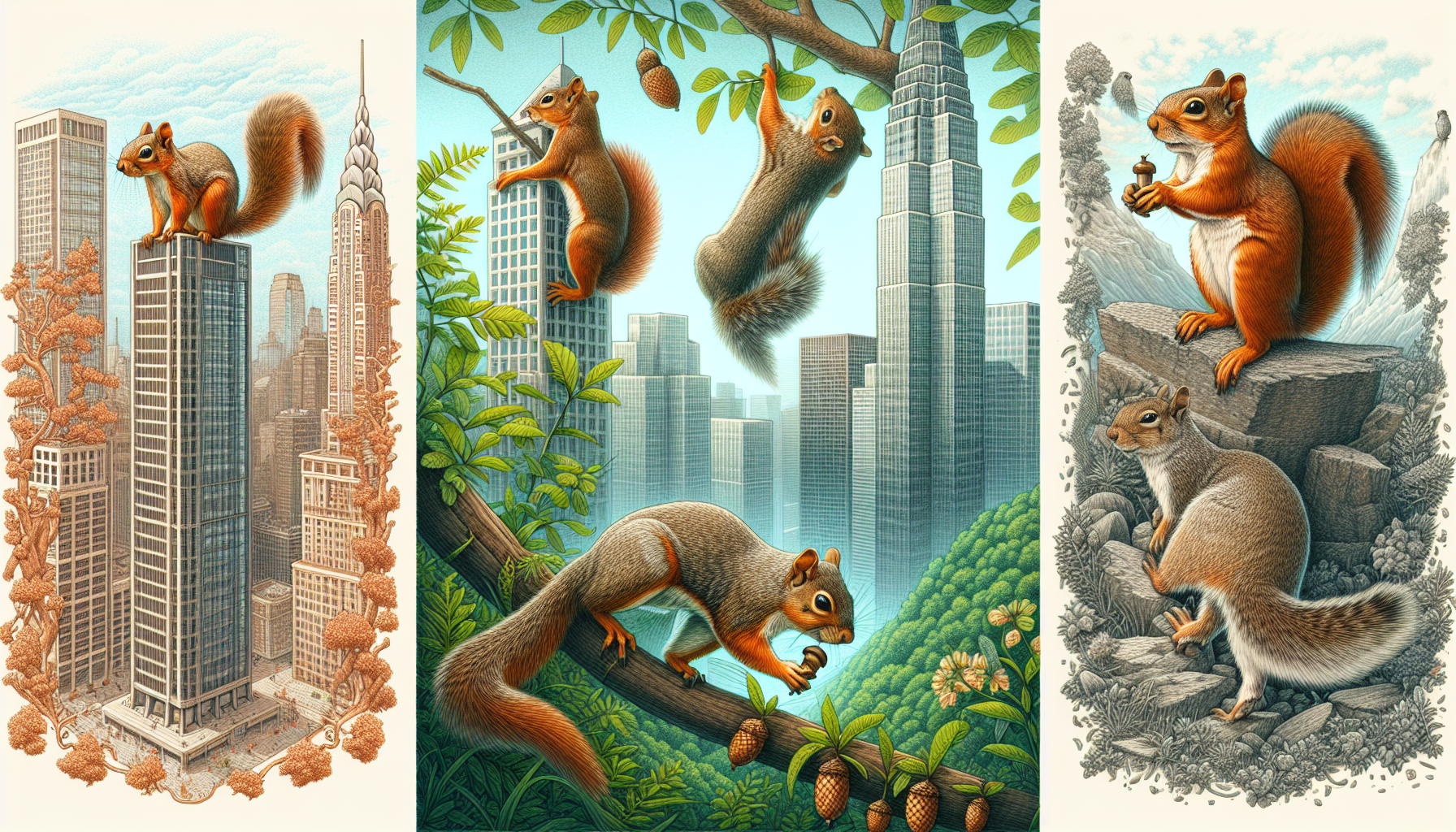
Squirrels exhibit an extraordinary ability to adapt and thrive across various natural environments, inhabiting everything from the icy forests of northern climates to lush tropical rainforests and dry desert landscapes. They are native mammals not only in Europe but also throughout Asia and the Americas, marking their status as one of the mammals with an incredibly broad geographical distribution.
In wooded areas where trees abound, tree squirrels find their ideal habitat within thick forest canopies that offer abundant food sources and safe nesting sites. Particularly in North America, you’ll often spot eastern gray squirrels adapting effortlessly to life among humans in urban neighbourhoods and suburban settings—frequenting gardens for snacks or frolicking in public parks—this squirrel species has become a familiar sight throughout much of the continent.
The red squirrel population is prominent throughout various regions of Europe, including substantial numbers residing within Scotland and UK territories. These populations have faced challenges due to competition from introduced gray squirrel populations, which have successfully competed against them for resources. Such changes amongst squirrel communities reflect how ecological balances can be sensitive to disturbances brought about by human interventions affecting wildlife habitats.
Squirrel Diet and Eating Habits
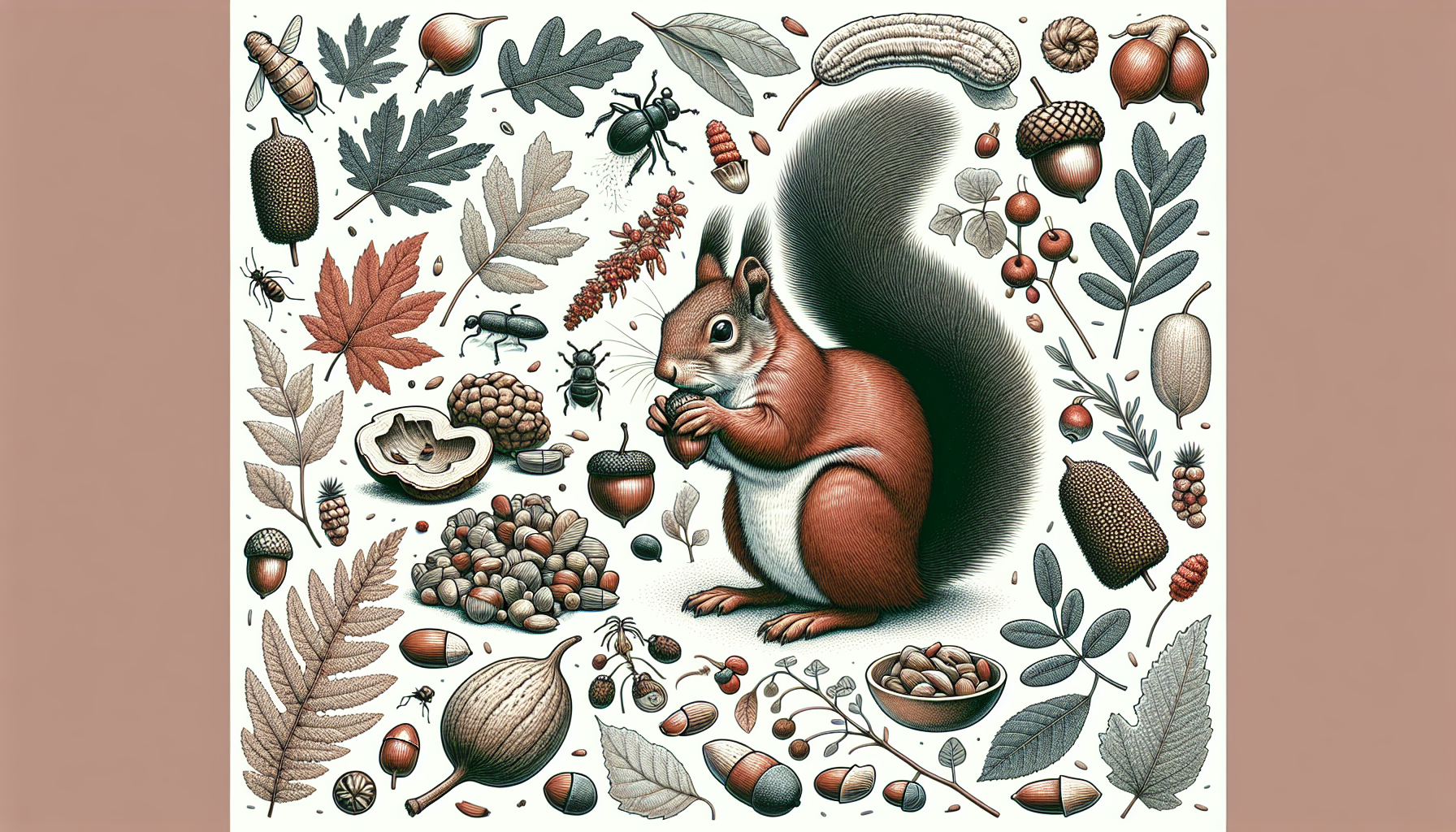
Squirrels, which are chiefly herbivores, primarily feed on seeds, nuts, fruits, and fungi. Tree squirrels, on the other hand, have a more varied diet that can include not only green plants but also insects, bird eggs, small mammals like frogs and birds, and carrion when food sources become accessible.
Ground-dwelling squirrels, such as prairie dogs, mostly eat plant material. They may supplement their diet with insects and small animals if needed. This omnivorous tendency becomes more prominent in areas where vegetation is limited. For example:
- Gray squirrels have been seen consuming
- Insects
- Snails
- Bird eggs
- Animal remains
During periods when other food options are low.
Notably adept at hoarding provisions for later consumption through their caching habits—storing supplies across different spots—squirrels ensure they’re prepared during times of scarcity. This trait holds particular significance for those species dwelling in temperate zones faced with seasonal fluctuations in the supply of edibles. Their activity of burying nuts and seeds inadvertently contributes to forest renewal since some stashed seeds take root, leading to the growth of new trees—an environmental impact stemming from the eating practices and survival strategies employed by squirrels.
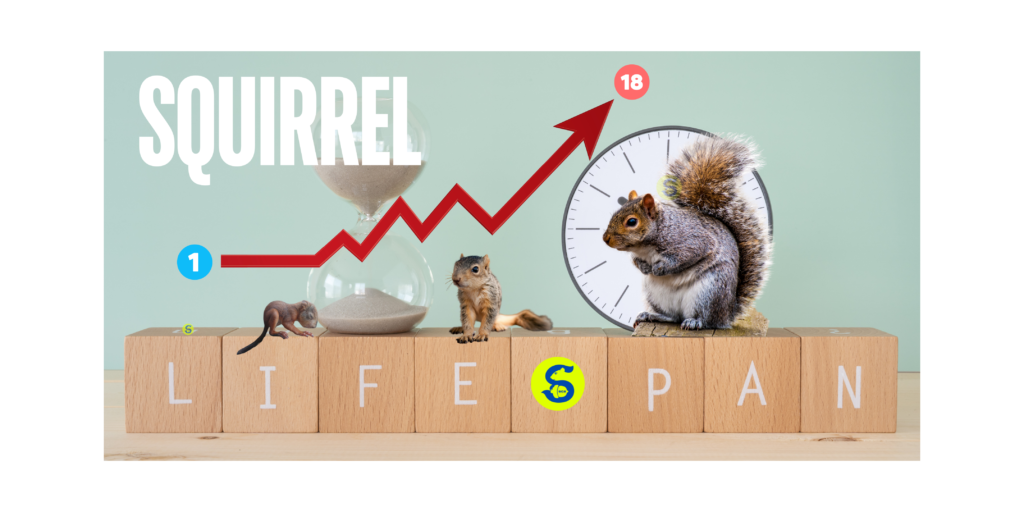
Lifespan and Reproduction
The expected lifespan of a squirrel greatly differs based on its particular species and living conditions. Wild gray squirrels typically survive between one and four years, but they can live up to 13 years in some instances. Squirrels in captivity often exceed the average longevity, with record ages reaching 20 years. Most adult squirrels in natural settings have lifespans that span from two to eight years.
Squirrels exhibit fascinating breeding behaviour. They potentially mate once or twice each year after attaining sexual maturity at around one-year-old, promptly followed by their active participation in reproduction. The breeding process encompasses these sequential phases.
- Mating: Occurs annually, either once or twice.
- Gestation: Lasts approximately three to six weeks.
- Birth: Female squirrels bear anywhere from two up to eight younglings, though commonly birthing about three.
- Larval Stage Development: Upon birth, the newborns lack fur, are unable to see, and depend entirely on maternal care during the first couple of months, which range from three
The offspring of these creatures undergo critical developmental milestones as juvenile baby squirrels.
- They begin exploring outside their nests when roughly six weeks old
- By 6-10 weeks, they no longer rely on their mother’s milk for nourishment,
- In this time frame, they also acquire vital life skills taught by their mothers, such as finding food sources & evading predators,
- These initial learning experiences are vital for their eventual survival and assimilation into broader squirrel communities.
Unique Squirrel Behaviours and Adaptations
Squirrels exhibit various distinctive behaviours and physical adaptations that enable them to thrive in diverse settings. One strategy is hoarding food, where they tuck away nuts and seeds for later consumption when such resources are limited. This not only ensures their own survival but also contributes significantly to the health of forest ecosystems.
The methods squirrels use to communicate with one another are equally intriguing. They rely on high-pitched chirps and tail signals for various communications, including intimidating competitors, warning fellow squirrels about nearby predators, or signalling readiness to mate. The tails of certain species, like red squirrels, serve multiple roles—they help maintain balance, provide warmth against cold weather conditions and act as a flagging device.
Flying squirrels possess an exceptional gliding capability, which makes them stand out among other squirrel types. Their patagium—a membrane linking each side from front limb to rear—enables them to glide seamlessly between trees and offers greater efficiency while fleeing from potential threats or during foraging activities.
Distinctly adapted within tree-dwelling squirrelling species includes their capacity for descending trunks head-on due to directly related rotation capabilities inherent at the ankles reaching 180-degree angles. Thus, hind feet are allowed firm attachment to surface layers made up primarily by bark found in respective arborous habitats in question.
Threats and Conservation Status
Various dangers to squirrels stem from habitat degradation, predatory risks, and human influences. Key threats include:
- The expansion of industrial activities
- Clearing of forests
- Growth of cities and towns
- Uncontrolled wildfires
- Traffic incidents, especially prevalent in metropolitan regions
These elements contribute significantly to the dwindling number of squirrel populations.
Predation represents another profound threat for squirrels with a range of natural predators such as:
- Red foxes
- Household cats alongside wild cats
- Dogs
-Earth-dwelling badgers
-Musky-scented polecats
-Cunning weasels
-Large birds with carnivorous diets, like eagles
This diverse group presents serious challenges for the continuation of numerous small creatures. Notably, pine martens have been recorded preying on both varieties (gray and red squirrels), which could alter their population balance.
In spite of all these threats, certain species, like the eastern gray squirrel and its European counterpart, the Eurasian red squirrel, are categorized under ‘Least Concern’ by the IUCN owing to effective conservation methods that aim to safeguard their ecosystems while alleviating detrimental human impacts.
Preserving thriving communities among different types, including those belonging to red and gray squirrels, necessitates a comprehensive grasp of these perils followed by proactive measures to protect their living environments.
Incredible Squirrel Facts
Not only are squirrels captivating animals, but they also play an essential ecological role. Tree squirrels contribute greatly to forest renewal without even realizing it. Their habit of stashing away seeds and nuts results in new trees sprouting, which is crucial for sustaining robust forests.
Squirrels can inadvertently disrupt human lives by triggering electrical power outages when they encroach on transformers or capacitors. Over a period stretching three decades, these small mammals have been implicated in a multitude of power failures in the United States. Notably, their actions caused temporary closures at NASDAQ twice during the late 20th century—once each in 1987 and again in 1994—underscoring their unintended influence on our technological systems.
The etymology behind the word “squirrel” hails from ancient Greek: ‘skia’ meaning shadow and ‘oura’ meaning tail—a nod to tree squirrels seeking refuge under the protective shade offered by their expansive bushy tails. This lineage contributes additional allure to these nimble creatures’ reputation.
Throughout history, squirrel meat has been featured in certain regional cuisines. It is a key ingredient for classic American dishes such as Kentucky burgoo and Brunswick stew.
Interaction with Humans
Squirrels interact with humans in various ways, existing as common denizens of urban parks or, in some cases, being kept as pets. Although it is possible to keep these animals domestically with appropriate living conditions and care, they typically are not ideal household companions due to their innate wild behaviour and specific requirements. Once squirrels become domesticated, a permanent commitment is needed from their adopters because the animals lose their inherent abilities to survive in the wild.
Often observed scavenging for food in city parks and residential gardens, squirrels have become an endearing feature of local fauna due to their ability to adjust well within urban environments where they frequently contact people. Occasionally, they might be viewed negatively as nuisances that plunder bird feeders or damage homes and other structures.
Despite potential conflicts arising from sharing spaces with humans, squirrels manage cohabitation successfully by developing learned behaviours through positive inducements such as commendations and snacks. Their integration into cityscapes brings elements of wildlife closer to our everyday scenery while reminding us about the significance of preserving diverse species and maintaining efforts toward environmental conservation.
Similar Animals
Prairie dogs and marmots, integral parts of the squirrel family, share numerous characteristics. Known for their sociability, prairie dogs are ground squirrels distinguished by:
- Their expansive colonies. One notable colony spanned 100 miles in width and 250 miles in length, with an estimated population of around 400 million.
- Intricate social hierarchies within these communities.
- A sophisticated array of vocal signals they use to communicate.
Marmots are the heftiest members of the squirrel lineage and predominantly inhabit rugged terrains such as those in the Sierra Nevadas, European Alps, and select regions across Asia. They possess a unique method of communication characterized by piercing whistles that serve as alarm calls. In cultural contexts within America and Canada, marmots have earned recognition for their reputed ability to predict weather changes. The behaviours exhibited by these creatures offer a captivating insight into the versatility present among various members of the squirrel family.
Summary
Squirrels are fascinating creatures with various behaviours, diets, and living environments. The dexterous tree squirrels, the digging habits of ground squirrels, and the soaring abilities of flying squirrels demonstrate distinct adaptations that help them flourish in different ecological niches. Their contribution to forest renewal and methods of communication and interaction with humans underline their significant role within our natural habitats.
Hopefully, this guide has deepened your comprehension and respect for these lively rodents. Watching these agile animals in nearby parks or even your own backyard provides an enjoyable window into nature’s complex network. By safeguarding their living spaces, we can ensure that future generations will also be able to witness and value these engaging creatures.
Frequently Asked Questions
What do squirrels primarily eat?
The diet of squirrels mainly consists of various seeds, nuts, fruits, and fungi.
Depending on the species and availability, they may also eat insects and small animals to meet their dietary needs.
How long do squirrels live in the wild?
In the wild, squirrels typically have a 1 to 4-year lifespan. Certain individuals may survive for as long as 13 years.
Do squirrels hibernate?
While ground squirrels hibernate in the colder months to preserve energy, tree and flying squirrels remain active throughout this period without hibernating.
How do squirrels communicate?
Utilizing high-pitched chirps and distinctive tail gestures, squirrels convey messages for various purposes, such as deterring competitors, warning their fellow squirrels about the presence of predators, and signalling readiness to mate.
Can squirrels be kept as pets?
Squirrels, while they can be domesticated provided proper care and an appropriate environment, typically aren’t suitable as pets because of their inherent wild characteristics and particular requirements.
